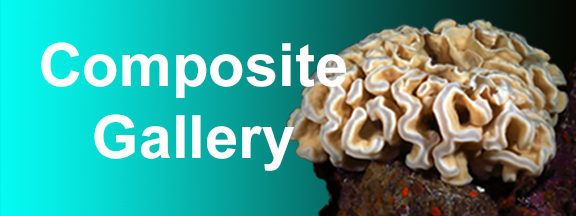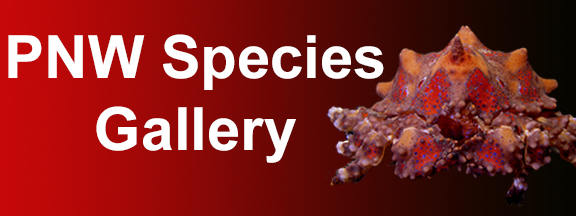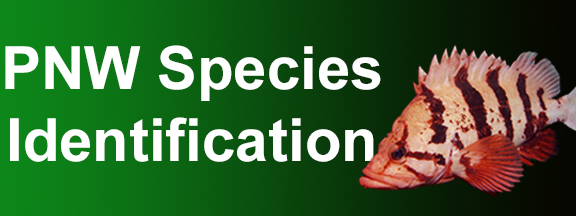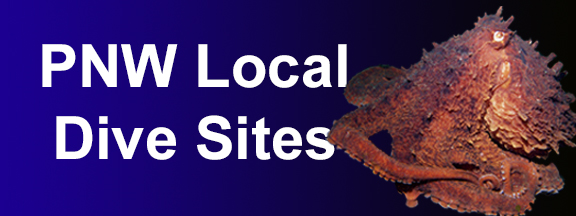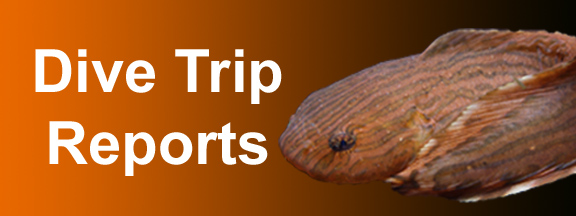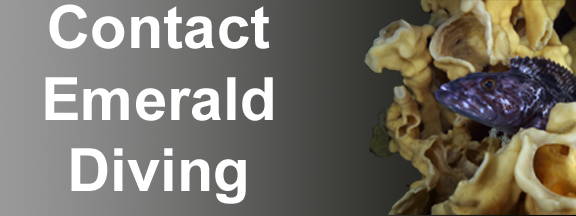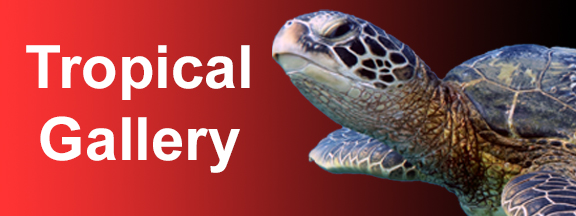
Dive Reports
Emerald Diving
Explore the coastal and inland waters of
Washington and BC
Explore the coastal and inland waters of
Washington and BC
Emerald Diving
Explore the coastal and inland waters of
Washington and BC
Explore the coastal and inland waters of
Washington and BC

Mala Warf, April 2015
I have been fortunate enough to log more than 50 dives while visiting the Hawaiian Islands over the years. Although the diving in Hawaii is descent, it is not what I would consider spectacular compared to many other tropical diving destination. However, there are two Hawaiian diving experiences that I rank amongst the best in the world. The first if the manta ray night dive off Kona on the Big Island. This dive can be an incredible experience as 7’ to 15’ mantas continually brush right over your head as they swim loops to feed on plankton. The second is interacting with the green sea turtles at Mala Warf.
Mala Warf is located in Lahaina right next to the Mala Boat Ramp. Ironically, many of the dive boats leave from the Mala Boat Ramp to take divers to destinations nowhere near as spectacular as the easily accessible shore dive right next to the boat ramp. Although I heard of this dive on prior visits to Maui, I was skeptical that a shallow 30 foot shore dive in the middle of a busy area that is frequented by a multitude of shore divers and snorkel boats could be anywhere near as good as remote sites a dive boat could reach. This year, my skepticism was obliterated.
The warf is the catalyst that transforms this otherwise sandy stretch of coastline into a marine-life magnet. Mala Warf was constructed in the 1920s by US engineers. When constructed, the local Hawaiians predicted that the warf would succumb to storm waves one day, but the engineers assure them the warf was up to the task. In 1992 the locals’ prediction was proven correct as a typhoon hit Maui and destroyed about 100 yards of the warf. Rubble from the warf now litters the shallows and provides excellent cover for green sea turtles, schools of reef fish, and white tip sharks. Large sections of the concreate decking form underwater caves and swim-through that serve as sanctuary for fish of all types and sea turtles.
The sea turtles inhabiting this site at any one time can number well into the double digits. At one point, I was able to count seven green sea turtles within my field of view. On many occasions, I could count more than three. The sea turtles seem well acclimated to divers, as long as the diver remained quiet, calm, and did not pursue the sea turtle.
White tip sharks are also common to this site. As white tips hunt at night, they typically find somewhere protected to take refuge during the day. The rubble from Mala Warm offers these cunning hunters an excellent resting place. One white tip we saw was over 5’ in length.
Unlike much of the surrounding coral reefs in the area, a diver will also find impressively big schools of goatfish and soldierfish here. A large number of cornet fish are found hanging out where the standing warf ends and the rubble begins. We also heard reports that an observant and lucky diver my even find a frogfish, although we were too enamored with the turtles to look for frogfish.
This is indeed a special site. I could dive this site every morning during my stay. On my last day in Maui, I actually got to the site before dawn and entered the water right as the sun hit the water so I could take in its wonders by myself. If you are lucky enough to dive here, please pay the reef and it’s inhabitant due respect. We are visitors to their home, and should consider ourselves privileged for the opportunity to observe all this reef offers without disturbing its inhabitants.
Mala Warf is located in Lahaina right next to the Mala Boat Ramp. Ironically, many of the dive boats leave from the Mala Boat Ramp to take divers to destinations nowhere near as spectacular as the easily accessible shore dive right next to the boat ramp. Although I heard of this dive on prior visits to Maui, I was skeptical that a shallow 30 foot shore dive in the middle of a busy area that is frequented by a multitude of shore divers and snorkel boats could be anywhere near as good as remote sites a dive boat could reach. This year, my skepticism was obliterated.
The warf is the catalyst that transforms this otherwise sandy stretch of coastline into a marine-life magnet. Mala Warf was constructed in the 1920s by US engineers. When constructed, the local Hawaiians predicted that the warf would succumb to storm waves one day, but the engineers assure them the warf was up to the task. In 1992 the locals’ prediction was proven correct as a typhoon hit Maui and destroyed about 100 yards of the warf. Rubble from the warf now litters the shallows and provides excellent cover for green sea turtles, schools of reef fish, and white tip sharks. Large sections of the concreate decking form underwater caves and swim-through that serve as sanctuary for fish of all types and sea turtles.
The sea turtles inhabiting this site at any one time can number well into the double digits. At one point, I was able to count seven green sea turtles within my field of view. On many occasions, I could count more than three. The sea turtles seem well acclimated to divers, as long as the diver remained quiet, calm, and did not pursue the sea turtle.
White tip sharks are also common to this site. As white tips hunt at night, they typically find somewhere protected to take refuge during the day. The rubble from Mala Warm offers these cunning hunters an excellent resting place. One white tip we saw was over 5’ in length.
Unlike much of the surrounding coral reefs in the area, a diver will also find impressively big schools of goatfish and soldierfish here. A large number of cornet fish are found hanging out where the standing warf ends and the rubble begins. We also heard reports that an observant and lucky diver my even find a frogfish, although we were too enamored with the turtles to look for frogfish.
This is indeed a special site. I could dive this site every morning during my stay. On my last day in Maui, I actually got to the site before dawn and entered the water right as the sun hit the water so I could take in its wonders by myself. If you are lucky enough to dive here, please pay the reef and it’s inhabitant due respect. We are visitors to their home, and should consider ourselves privileged for the opportunity to observe all this reef offers without disturbing its inhabitants.

